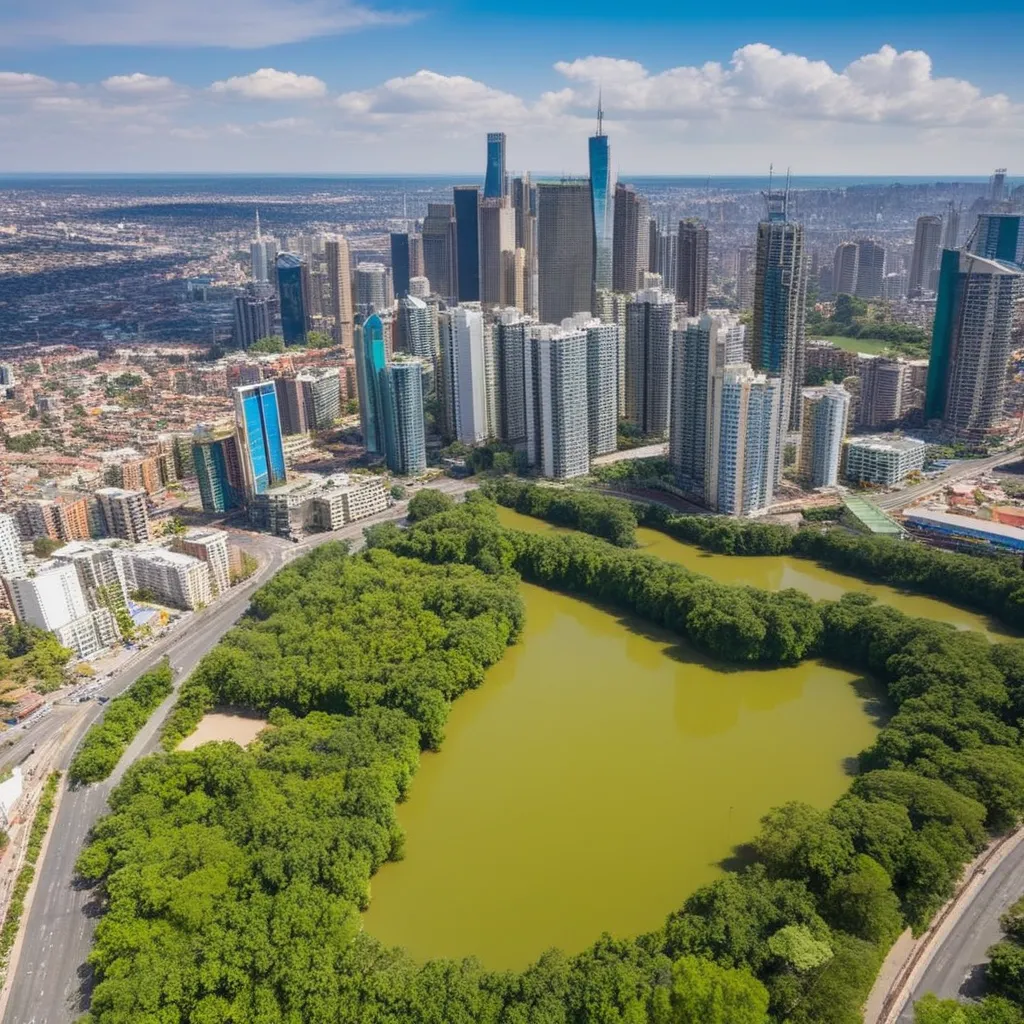The Importance of Biodiversity in Urban Areas
Urban landscapes are often associated with concrete jungles, but beneath the surface, there's a world of biodiversity that plays a crucial role in our cities. From personal experiences to scientific insights, let's explore why biodiversity in urban areas matters more than we might realize.

The Hidden Garden
A Personal Connection
As a city dweller, I stumbled upon a hidden gem one day: a small, lush park nestled between towering buildings. It was a haven for local birds and insects, and I found solace in its green embrace.
Ecosystem Services
Urban biodiversity contributes to ecosystem services, which are essential for human well-being. These services include pollination of plants, air purification, and water filtration. In other words, the green spaces within our cities work tirelessly behind the scenes to keep our urban environments healthy.
A Haven for Wildlife
Surprising Encounters
One morning, I spotted a family of foxes playing near my neighborhood park. It was a magical sight, reminding me that wildlife can thrive even in the heart of a city.
Biodiversity Corridors
Urban green spaces serve as corridors for wildlife movement. They enable animals to traverse the urban landscape, connecting fragmented habitats. These corridors are vital for genetic diversity and the survival of various species.
Human Health and Well-being
Nature's Healing Touch
During a stressful week, I decided to take a walk in a nearby urban forest. Surrounded by trees and birdsong, I felt an immediate sense of calm and rejuvenation.
Mental and Physical Health
Access to nature in urban areas has a profound impact on human health. It reduces stress, anxiety, and depression. Green spaces encourage physical activity, improving fitness levels and overall well-being.
Food Security
Cultivating Urban Gardens
I joined a community garden in my city, where we grew fresh vegetables and herbs. It was an empowering experience to contribute to our local food system.
Local Food Production
Urban agriculture and community gardens contribute to food security by providing fresh, locally sourced produce. These initiatives reduce the carbon footprint associated with food transportation and foster a sense of community.
Conservation and Education
The Future Stewards
I volunteered at an urban nature center, guiding schoolchildren on nature walks. Seeing their wonder and curiosity reinforced the importance of environmental education.
Environmental Education
Urban biodiversity hubs serve as outdoor classrooms. They educate the public, especially the younger generation, about the value of nature and the importance of conservation efforts.
A Balancing Act
While urban biodiversity offers numerous benefits, it faces threats from urbanization, pollution, and habitat destruction. It's crucial that we strike a balance between urban development and the preservation of green spaces. Cities can implement sustainable practices, such as green roofs, tree planting initiatives, and protected natural areas, to safeguard their biodiversity.
In conclusion, biodiversity in urban areas is not just a matter of aesthetics; it's a lifeline for our cities and the people who inhabit them. As we continue to build and expand our urban environments, let's remember the vital role that biodiversity plays in ensuring the health, happiness, and sustainability of our urban communities.

No comments:
Post a Comment